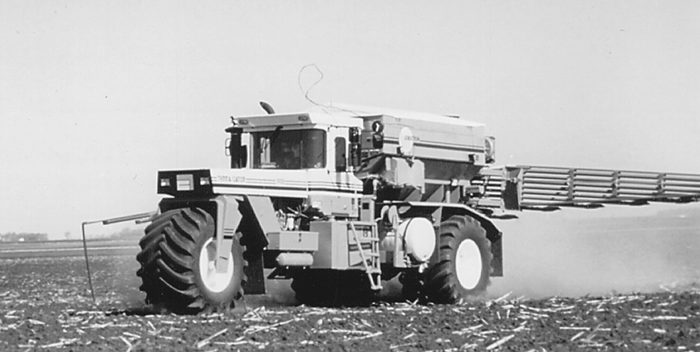No-Till Farmer
Get full access NOW to the most comprehensive, powerful and easy-to-use online resource for no-tillage practices. Just one good idea will pay for your subscription hundreds of times over.

With concerns mounting over effective nitrogen management, new research indicates ammonium sulfate can be an effective source of nitrogen—particularly with no-tilled corn.
Originally receiving attention for its sulfur content, Fred Below, a University of Illinois crop physiologist, found ammonium sulfate is an excellent source of nitrogen for no-till since it is not subject to losses from ammonia volatilization. This is a problem that often affects surface applications of urea and urea-containing fertilizers such as UAN solutions.
Below says the risk of nitrogen loss from volatilization, where fertilizer nitrogen is released into the atmosphere, increases with no-till because of the crop residues left on the soil surface. These residues contain urease, an enzyme that triggers ammonia volatilization when urea forms of nitrogen are broadcast and not worked into the soil. Without rain to work the fertilizer into the soil, nitrogen losses from volatilization can reach 30 percent after three days.
On the other hand, Below says ammonium sulfate can be broadcast on the surface of a no-till soil with little risk of nitrogen loss. Ammonium sulfate contains 21 percent nitrogen, all in the ammonium form, and 24 units of sulfur in the sulfate form.
The compound also resists nitrogen losses from leaching because positively charged ammonium ions bind to negatively charged soil particles and become relatively immobile. Rain which falls after application is less likely to move nitrogen out of the root zone than urea or nitrate-containing sources.
During the two-year research study, sponsored in part by…